 Anguilla is a Caribbean island about half the size of Washington D.C., nestled between the Caribbean Sea and the Atlantic Ocean. Its tropical climate and terrain of low-lying coral and limestone have all contributed to this beautiful island’s dramatic water crisis. With a population of only 18,090, islanders have survived the island’s dry environment for more than 300 years. With careful husbandry, water conservation and the use of cisterns, Anguillans have found ways to make their erratic rainfall schedule work for them even during unpredictable drought periods, which can last up to three or four months. As access to improved sanitation facilities increases and tourism flourishes, the islands underground aquifer has been pushed to capacity. Here are 10 facts about sanitation in Anguilla and how they contribute to the depletion of the island’s supply of drinking water.
Anguilla is a Caribbean island about half the size of Washington D.C., nestled between the Caribbean Sea and the Atlantic Ocean. Its tropical climate and terrain of low-lying coral and limestone have all contributed to this beautiful island’s dramatic water crisis. With a population of only 18,090, islanders have survived the island’s dry environment for more than 300 years. With careful husbandry, water conservation and the use of cisterns, Anguillans have found ways to make their erratic rainfall schedule work for them even during unpredictable drought periods, which can last up to three or four months. As access to improved sanitation facilities increases and tourism flourishes, the islands underground aquifer has been pushed to capacity. Here are 10 facts about sanitation in Anguilla and how they contribute to the depletion of the island’s supply of drinking water.
10 Facts About Sanitation in Anguilla
- In 1995, improved water sources were only available to 57 percent of the Anguillian population. Improved sanitation facilities include the use of a “flush or pour-flush sewer system, septic tank or pit latrine; ventilated improved pit (VIP) latrine; pit latrine with slab or a composting toilet.” In 2011, records showed an increase to 95 percent. By 2015, that number increased again to 97.9 percent of the population; at least 98 percent of those facilities were flush toilets.
- Because Anguilla does not have rivers, its drinking water consists of collected rain, wells connected to underground aquifers and desalination. Reportedly in 2000, 60 percent of the population had access to drinking water. Later, 61 percent of households indicated that their main source is from bottled water.
- At least 73 percent of the Anguillan population still gathers water from a cistern that pipes water into their homes. The same report from 2011 says that 15 percent of the population used the public water piped into their homes. At least 4 percent used a “public standpipe, well or tank.”
- The poor quality of water obtained from cisterns is of concern it is used for drinking purposes in addition to other domestic uses. Contaminants from rainwater can grow in containers like cisterns. They pose a health threat to those consuming the water. Pathogens like bacteria, viruses and Protozoa in cisterns can be treated with chlorine. However, chlorine can lose effectiveness within 24 hours of entering a cistern and these microorganisms that are transmitted in water can cause disease, which includes the potential of death.
- A combination of agricultural fertilizer, animal wastes as well as wastewater run-off from domestic and commercial septic tanks are seeping untreated into groundwater. This causes a chemical pollution problem for what little drinking water the island does have.
- Nitrate concentrations are increasing in most of the production and test wells connected to the underground aquifer. For many years, Anguilla’s aquifer has been subjected to periodic laboratory analysis by those concerned with public health and environmental quality. It shows nitrate concentrations in excess of the maximum acceptable drinking water limit.
- Pollution in groundwater that spills into coastal ponds and phosphates from detergents in domestic wastewater provide the right chemical nutrients to accelerate the growth and proliferation of unpleasant marine algae. This creates murky coastal waters, prevents coral growth.
- Chronic illnesses and diseases such as high blood pressure, diabetes and cancer from which Anguillans suffer are believed to be a result of the poor quality of water that they drink. In an attempt to improve the health of the population, Ms. Ursuline Joseph of Dominica has recommended a solution to create acceptable levels of alkaline in water. X20 is “a mineral-rich alkaline product” containing 77 different types of minerals to prevent diseases from developing in the body. Manufactured by Xooma, X20 originates from an ocean source off the coast of Japan. When the powdered product is added to 1.5 liters of water, it alkalizes with minerals and becomes healthier to drink.
- Anguilla’s primary water management problems arise out of the fact that there is not very much to manage. With an annual average rainfall of about 40 inches per year. Evaporation rates can reach 70 inches per year during droughts. The number of wells dug into the aquifer over the years is unknown. However, professional hydrologists and water engineers worry about the prospect of over-pumping in the near future. That being said, professionals are finding themselves less worried about the amount of groundwater left and more concerned with the quality of the groundwater itself.
- Pure Aqua provides a range of filtration and economical solutions to meet Anguilla’s water needs based on its resources. Focusing on reverse osmosis and water treatment, Pure Aqua manufactures and supplies high-quality water treatment systems built with cutting-edge technology. It custom-designs its systems for specific applications across many different industries. Anguilla has only a few options for sources of water. These include surface water, desalination, groundwater and government water. Pure Aqua provides systems with the ability to treat any of these sources with a host of different methods such as ultrafiltration systems, media water filters, brackish water RO, seawater reverse osmosis systems, chemical dosing, UV sterilizers and water softeners.
The demand for water resulting from the expansion of new residential areas and tourism facilities has devastated groundwater supply in Anguilla. The root problem is that pumping rates at the wells now in use are maxed out. Trying to extract more water would risk the structural integrity and possibly allow seawater intrusion, thus destroying the aquifer. Sanitation as a whole has seen enormous strides forward while also being part of the reason pollution threatens the water sources that are available.
– Janice Athill
Photo: Wikimedia
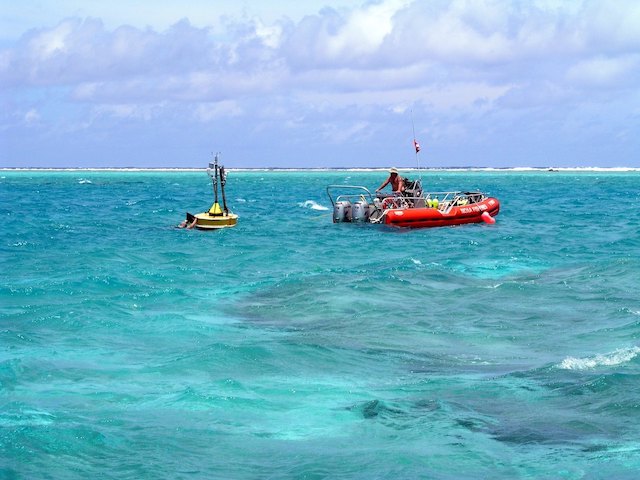 American Samoa refers to the
American Samoa refers to the 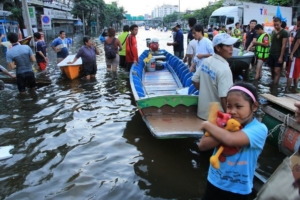 Sanitation and hygiene have improved in the past 20 years for the nearly 70 million people that live in the Kingdom of Thailand. Prior to the year 2000, many people lived without access to basic hygiene necessities or clean drinking water. Left untreated the domestic water could pose the risk of infectious disease. In some areas, this
Sanitation and hygiene have improved in the past 20 years for the nearly 70 million people that live in the Kingdom of Thailand. Prior to the year 2000, many people lived without access to basic hygiene necessities or clean drinking water. Left untreated the domestic water could pose the risk of infectious disease. In some areas, this 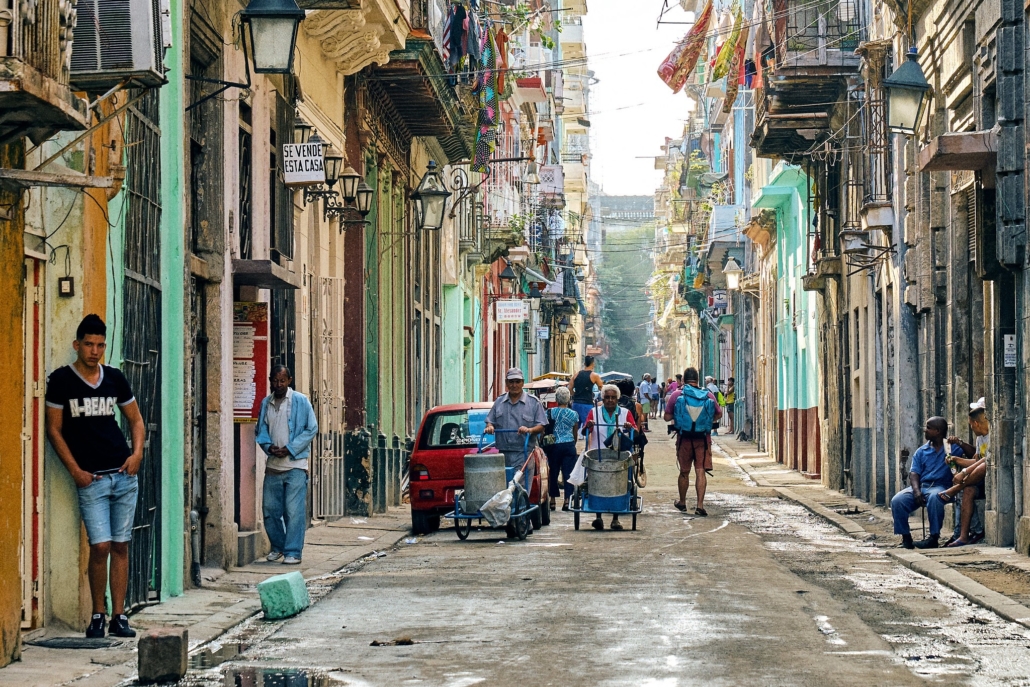
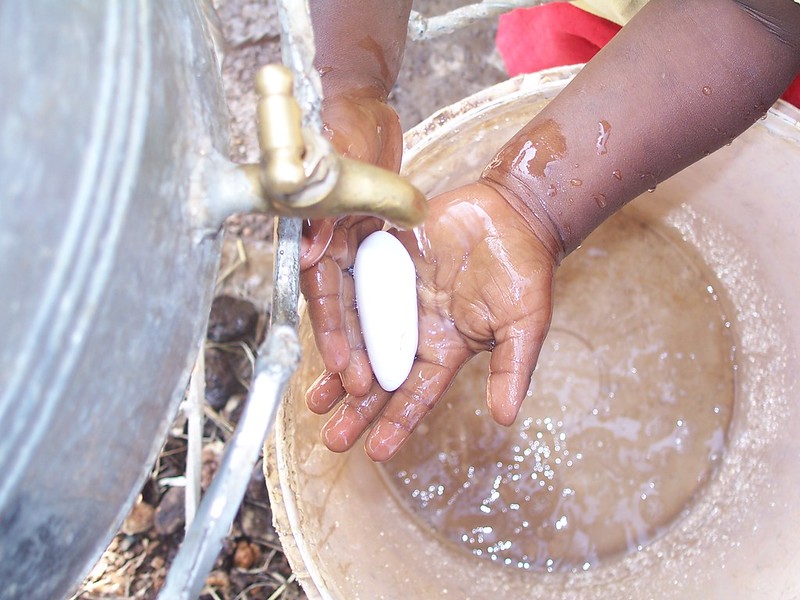 Like many regions of Africa, Kenya is a country that has a history of problems regarding sanitation and access to clean water. As of 2019, the levels of clean water and sanitation in Kenya are still critically low but efforts are being made to change the status quo. Water.org and other organizations are responsible for many of these improvements. Below are 10 facts about the sanitation and water crisis in Kenya.
Like many regions of Africa, Kenya is a country that has a history of problems regarding sanitation and access to clean water. As of 2019, the levels of clean water and sanitation in Kenya are still critically low but efforts are being made to change the status quo. Water.org and other organizations are responsible for many of these improvements. Below are 10 facts about the sanitation and water crisis in Kenya.
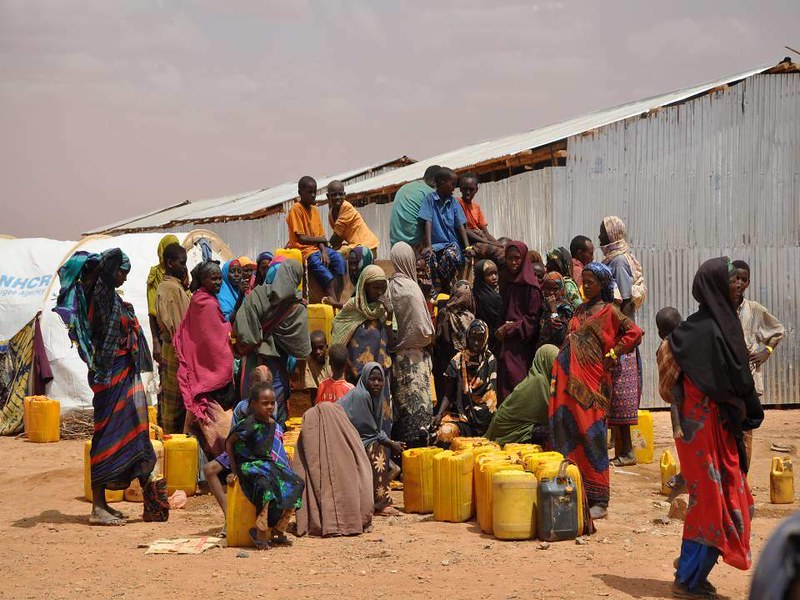 Water is essential to life, but unfortunately, there are people all over the world who do not have access to clean water. Pollution, poverty and weak infrastructure are often the causes of a lack of clean water. The world’s poor population has often been obligated to travel great distances in order to get clean water. Dirty water often leads to unsanitary conditions and the spread of disease. Thousands die each year from diseases due to a lack of clean water. Fortunately, a company called HYDRO Industries has a new way to provide water to those in need all over the world.
Water is essential to life, but unfortunately, there are people all over the world who do not have access to clean water. Pollution, poverty and weak infrastructure are often the causes of a lack of clean water. The world’s poor population has often been obligated to travel great distances in order to get clean water. Dirty water often leads to unsanitary conditions and the spread of disease. Thousands die each year from diseases due to a lack of clean water. Fortunately, a company called HYDRO Industries has a new way to provide water to those in need all over the world.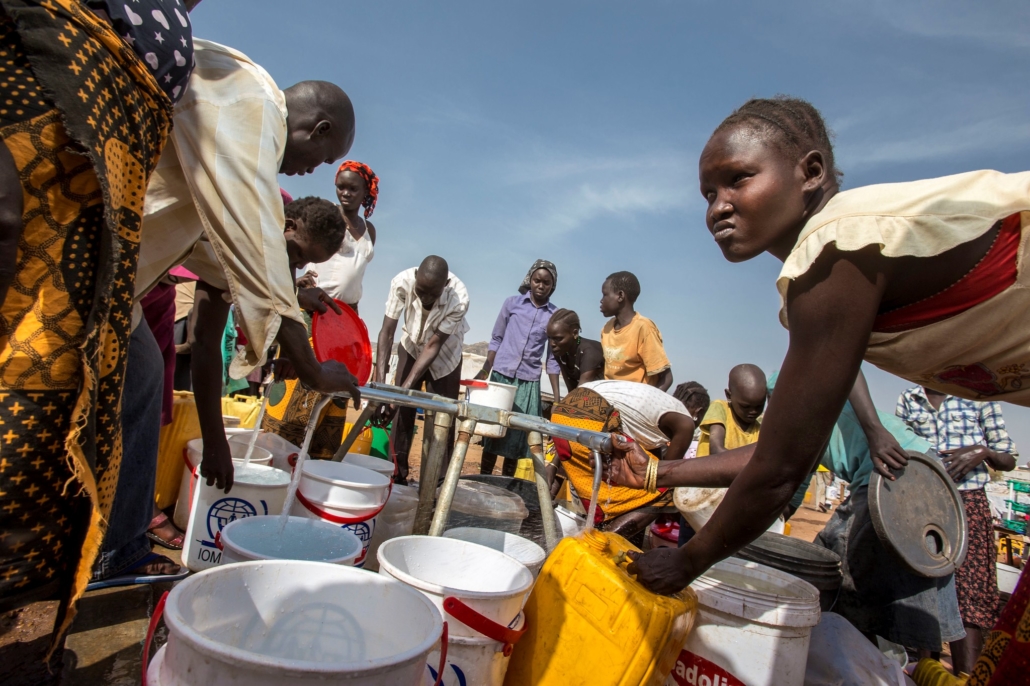
 Asia is a large continent with vastly different cultures and societies, but they seem to suffer from a lot of the same issues. Some common issues are rapid urbanization and lack of infrastructure in rural areas. The most common may be that the water quality in Asia is severely lacking. In fact, Asia’s rivers are
Asia is a large continent with vastly different cultures and societies, but they seem to suffer from a lot of the same issues. Some common issues are rapid urbanization and lack of infrastructure in rural areas. The most common may be that the water quality in Asia is severely lacking. In fact, Asia’s rivers are 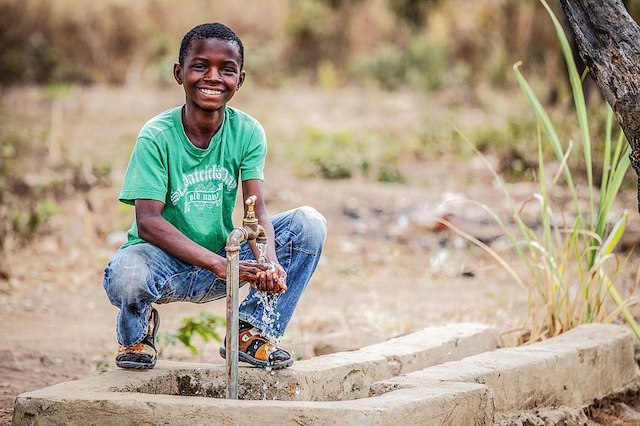 The top concerns with water quality in Africa include lack of access to water for drinking, sanitation and agriculture, the cleanliness of the water and the burden of water retrieval. The United Nations’ Millennium Development Goals have tracked the improvement of access to water in Africa. Sub-Saharan Africa is the most challenged and inequitable region. Sub-Saharan Africa’s water system is
The top concerns with water quality in Africa include lack of access to water for drinking, sanitation and agriculture, the cleanliness of the water and the burden of water retrieval. The United Nations’ Millennium Development Goals have tracked the improvement of access to water in Africa. Sub-Saharan Africa is the most challenged and inequitable region. Sub-Saharan Africa’s water system is 